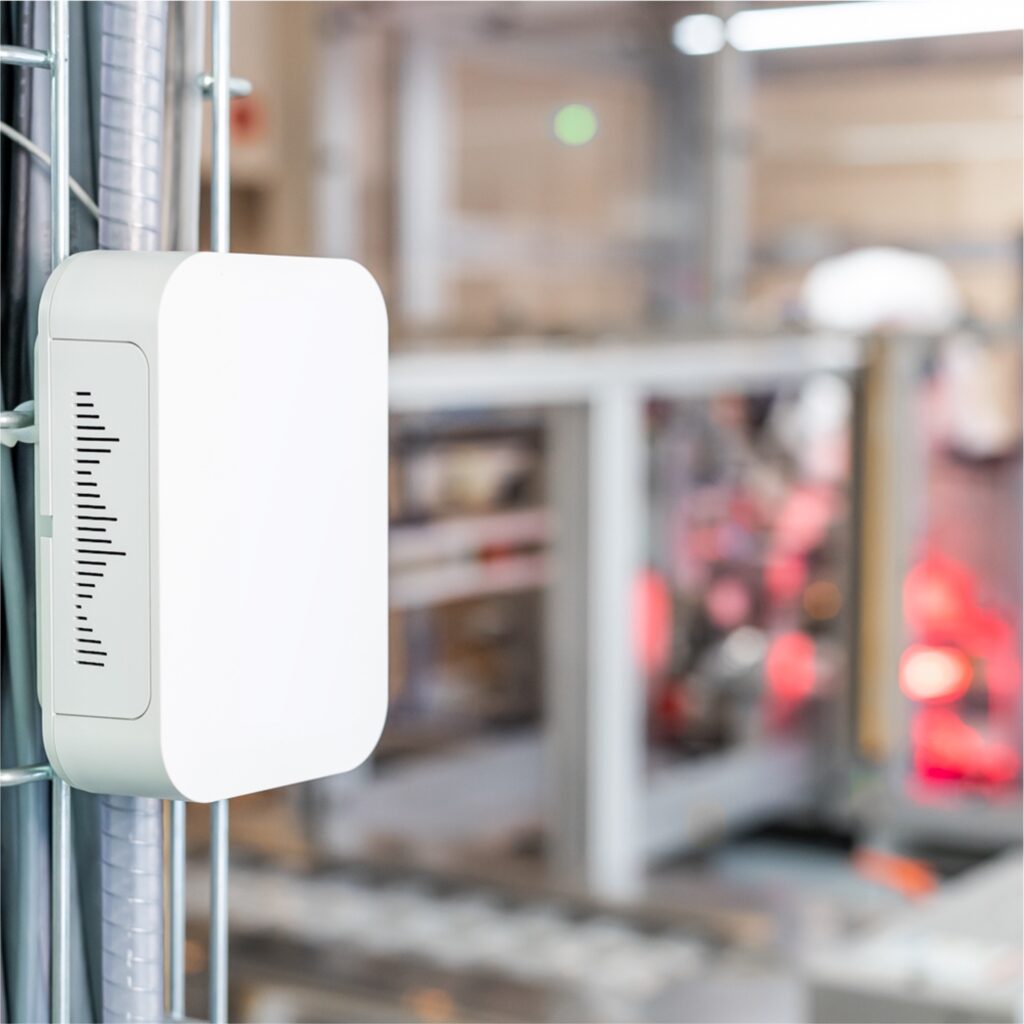Innovation in radon control: three use cases
Talkpool article, June 15th, 2022
Radon gas is a big problem in buildings. It can’t be seen or smelled, but it is nonetheless a very harmful, radioactive gas. Traditional measurements of the gas are done manually, with results presenting daily averages. New devices, such as Talkpool’s OY1500 LoRaWAN Radon gas sensor, report data in near real-time.
Innovation in radio- and sensor technology means that there are now devices available that can accurately measure radon gas levels every 10 minutes, and transmit this data in near real-time. This opens up three new use cases that can transform properties into smart, sustainable buildings.
The first use case that is enabled by the new technology is HVAC optimization, based on the building’s actual current radon levels. The way this works is that air quality data, such as carbon dioxide-, temperature-, humidity-, and now also radon gas levels, feeds into a machine learning algorithm that then optimizes the HVAC system in the building. It is ensured that the air quality is always at an acceptable level, for example by increasing the ventilation when a lot of people enter a room. This now also includes radon level optimization, meaning that when radon levels are high, the ventilation will be increased. When the building is empty however, such as a school building during the night, the ventilation is low and radon levels are allowed to rise. In good time before the day starts, the ventilation is increased again and the building is safe to be used. This results in reduced energy consumption by 10-25%, which decreases carbon emissions and has a return on investment of about 1-2 years.

The second use case is to collect the measurement data for the purpose of reporting, in line with national regulations. Different countries have different regulations. Norway for example, mandates measurements of radon in schools and all rental accommodations, and in Sweden, employers have responsibility for limiting employees’ exposure to radon levels during workhours. The big advantage of using radon devices that are utilizing LoRaWAN® connectivity, is that these measurements are automatically reported online. Additionally, if a building is ventilated specifically during work- or school hours, a device that measures radon every 10 minutes can be used to create a radon status report under workhours. A traditional sensor on the other hand, can only show a daily average, which would be strongly influenced by the fact that radon levels go up at night, when the ventilation is turned off.
The third and final new use case is that of long-term measurements, that provide key insights into a building’s structural weaknesses. By collecting measurement data over an extended period of time, through the placement of static radon gas sensors that transmit data over LoRaWAN®, a large amount of data is accumulated. This data exactly shows what the weak spots in a building are, for example where the ventilation system doesn’t reach and structural improvements need to be made.
Talkpool’s new OY1500 LoRaWAN Radon gas sensor can be found here:
Additionally, Talkpool provides smart building services for real estate owners, like AI HVAC Optimization to control indoor air quality levels:
